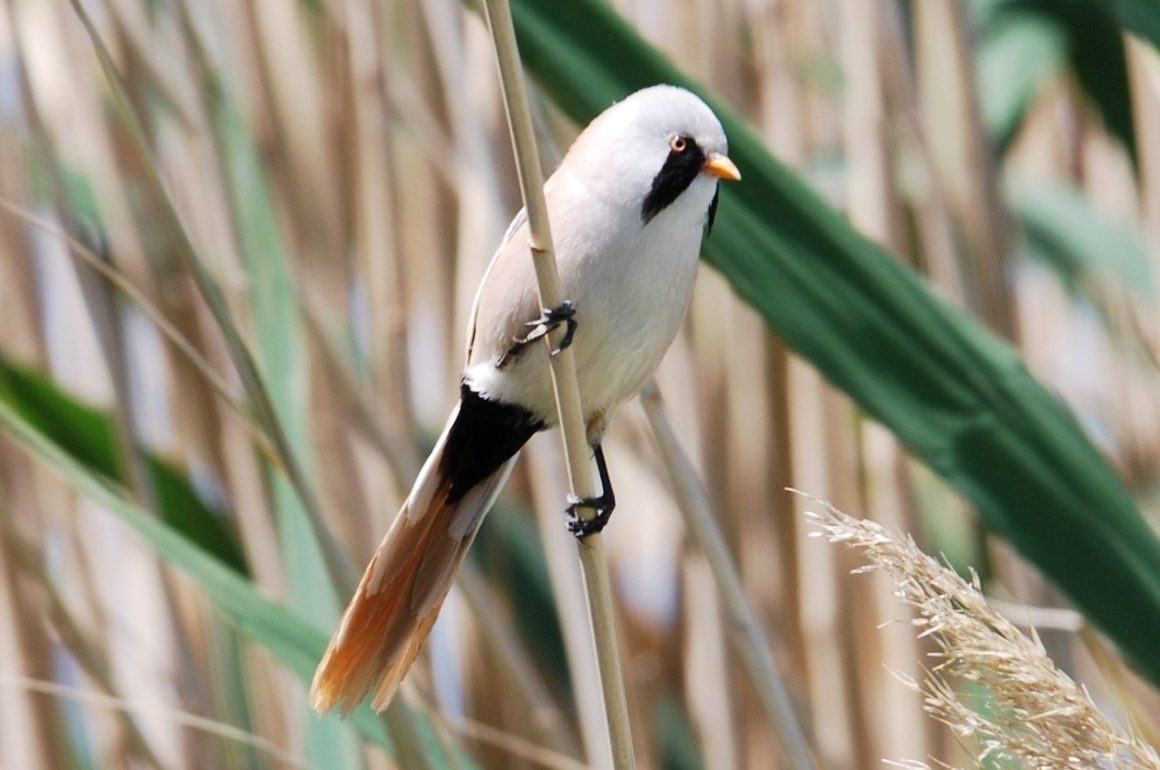
245 bird species regularly breed in Germany. The eastern states are particularly rich in species. In eastern Germany, the federal state of Brandenburg (around Berlin) stands out in particular. Brandenburg is home to some high populations within Germany:
| Species | Inventory share in % |
| Great Bustard | 70 |
| Caspian Gull | 63 |
| Osprey | 62 |
| Tawny Pipit | 52 |
| Eurasian Hoopoe | 51 |
| Great Reed Warbler | 51 |
| Savi´s Warbler | 41 |
| Ortolan Bunting | 40 |
| Corn Bunting | 33 |
The Uckermark stretches between the rivers Havel and Oder (border to Poland) – a diverse landscape shaped by the last ice age with fields, meadows, forests, and many lakes. Ospreys and White-tailed Eagles are therefore found here in good numbers. Along with Common Ravens and Peregrine falcons, White-tailed Eagles are the first birds to breed during the year. On clear winter days, their call can often be heard far away XC404142 Seeadler (Haliaeetus albicilla) :: xeno-canto .
White-tailed Eagle
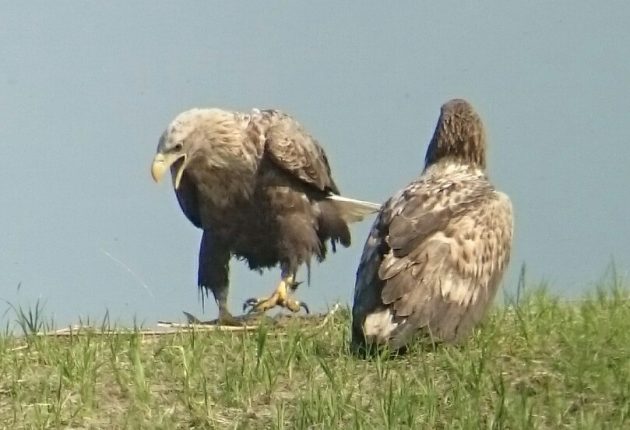
The Lesser Spotted Eagle is less common (only 28 territories in the whole of Brandenburg). The Peregrine Falcon is also a breeding bird again after the extinct population of tree-nesting birds was resettled in the 1990s, in which the author played a key role.
Migrants and winter guests from Scandinavia, the Baltic States or Russia are often the first to arrive in Germany. The northern race of Ring Ouzel Turdus torquatus torquatus, which migrates from Scandinavia, is rarely found in open areas.
Ring Ouzel Turdus torquatus torquatus – photographed through a spotting scope.
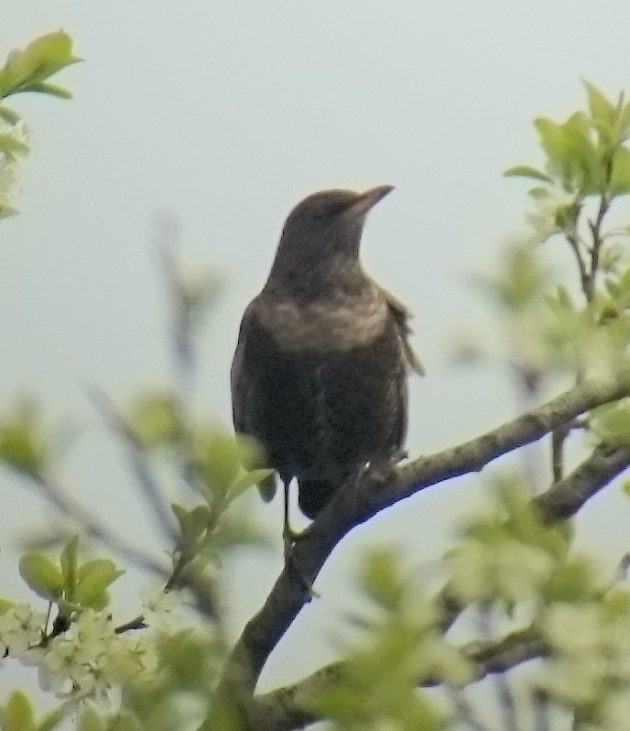
The northern subspecies of Eurasian Bullfinch Pyrrhula pyrrhula pyrrhula is more common only in winter. This larger subspecies is easily recognized by its trumpeting call (reminiscent of a child´s horn.
Eurasian Bullfinch, northern race Pyrrhula pyrrhula pyrrhula
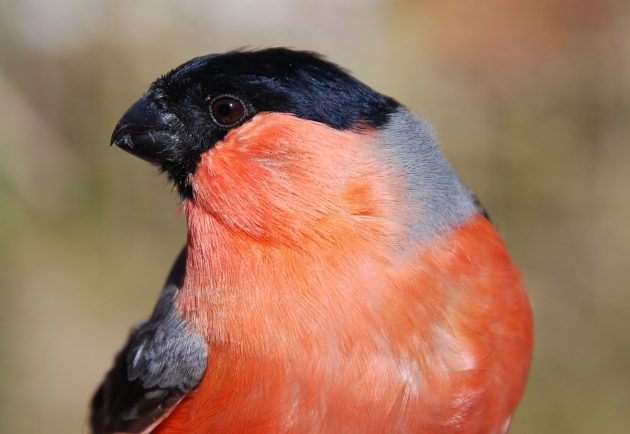
In some winters, flocks of Bohemian Waxwings, Common Redpolls, and Bramblings can be observed – sometimes even in cities and villages in the Uckermark.
Bohemian Waxwing
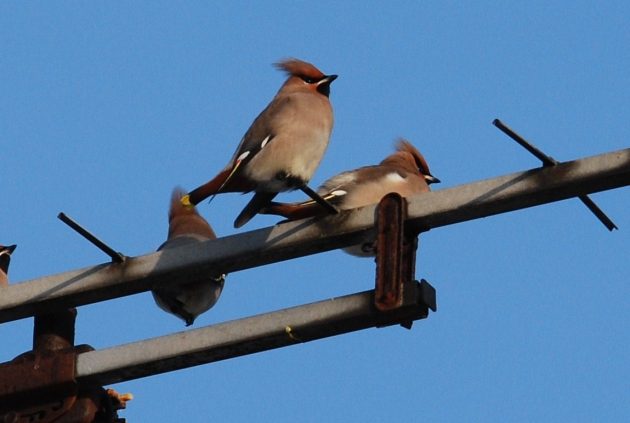
Common Redpoll
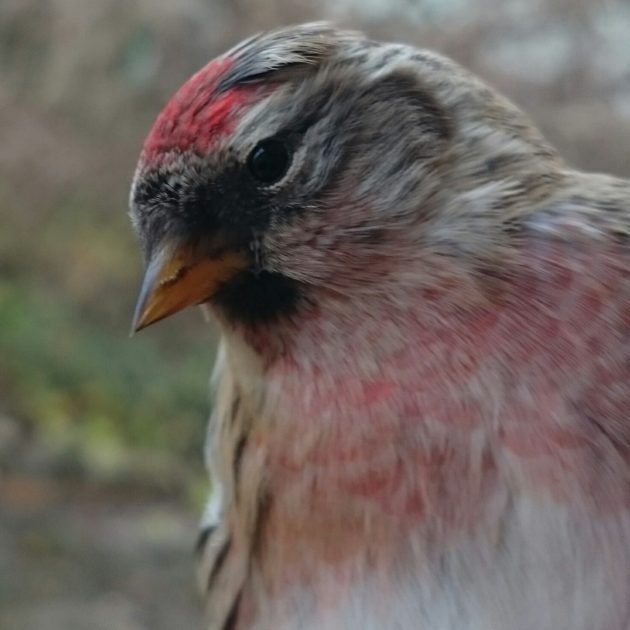
Fieldfares form larger flocks in winter. In recent years they have also been found as breeding birds.
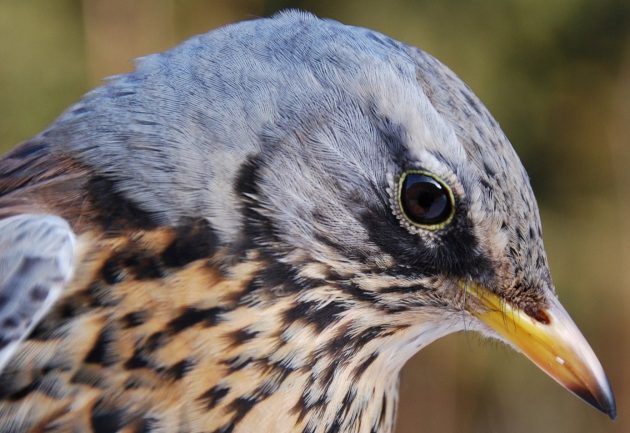
The northern subspecies of the White-throated Dipper Cinclus cinclus cinclus comes from Norway to overwinter in the Uckermark, as color ringing has shown.
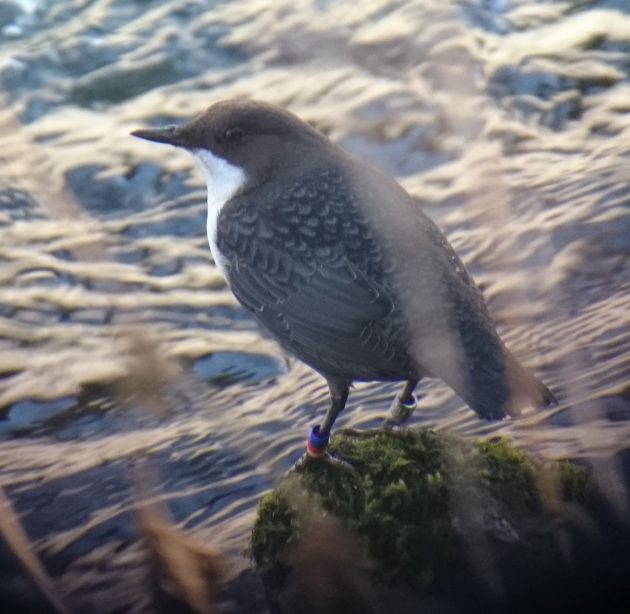
In the large reed areas of the lakes, flocks of Bearded Tits/ Bearded Reedlings can be found in winter. Usually, their subtle “ching-ching” is heard first.
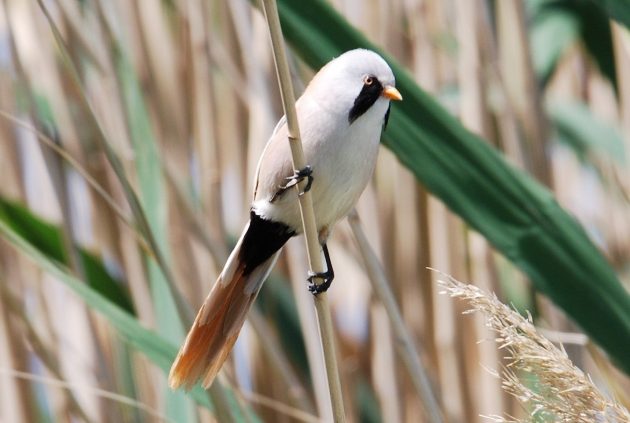
In the large lowland moor areas, now mostly used as grassland, Rough-legged Buzzards, Merlins and Hen Harriers hunt in the Uckermark.
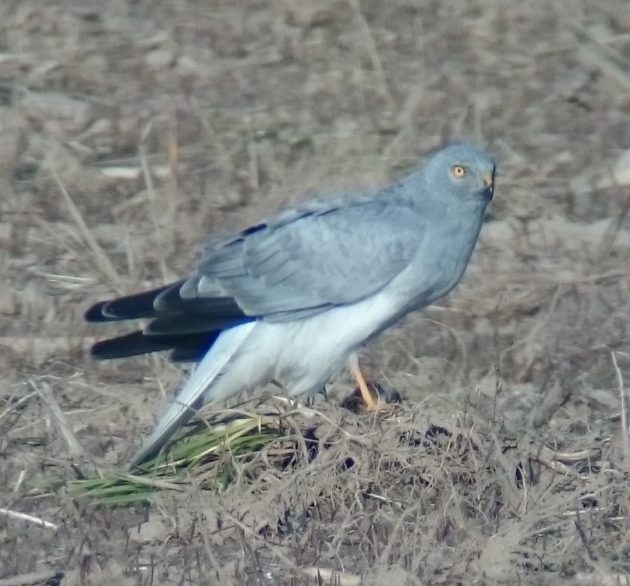













Leave a Comment